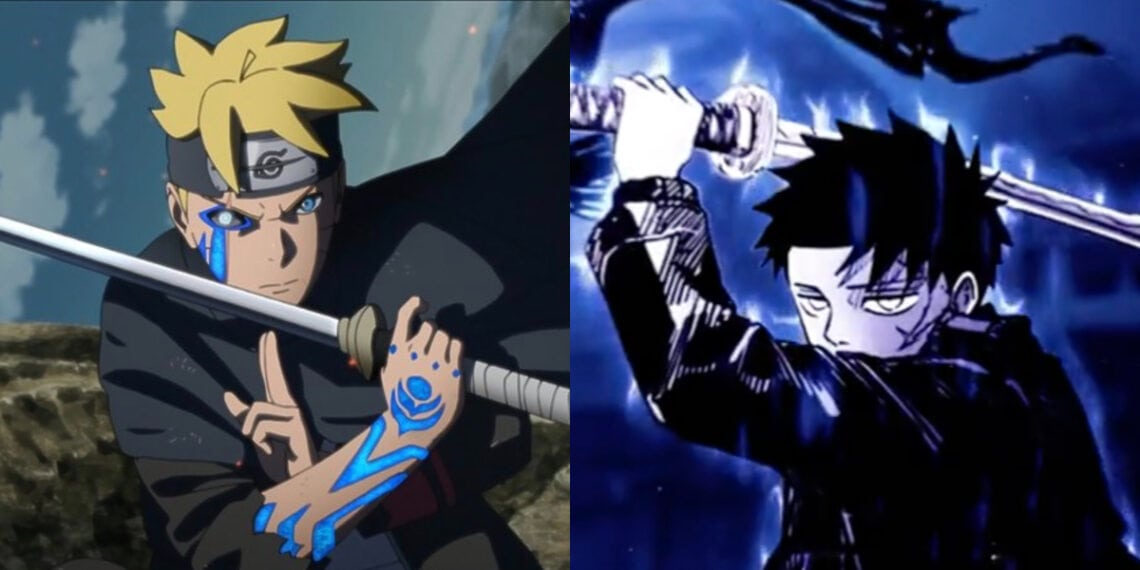The viral popularity of a recent fan-made video has sparked energetic debate within anime and manga fan communities. The video playfully pits Chihiro Rokuhira, the protagonist of Takeru Hokazono’s lesser-known Kagurabachi manga, against Boruto Uzumaki, son of Naruto, in the hugely popular Boruto series.
This also means that Boruto has a new enemy, and fans just can’t keep calm about it. While created in fun by an anonymous Reddit user, the video has brought an emerging rivalry between the two manga franchises to the surface.
For some longtime Kagurabachi fans, this unexpected attention has been a double-edged sword. They welcome the wider exposure their beloved underdog series is getting in the wake of the video.
However, they also worry that a perceived rivalry with a powerhouse like Boruto could backfire by setting up unrealistic expectations.
Some vocal critics feel Boruto is coasting on its familiar pedigree more than pushing the genre forward. Pitting Chihiro against Boruto frames Kagurabachi as the fresher, bolder series – a premise these fans call the “worst case scenario” as it invites unflattering comparisons should Hokazono fail to build on early promise.
While the fan-made face-off is all in good fun on the surface, it has revealed an undercurrent of debate about the state of new-generation manga and expectations for the next potential classic franchise.
Both Boruto and Kagurabachi have vocal supporters believing their series holds that promise – which makes this emerging rivalry one to watch closely in the months ahead.
Boruto Has A New Enemy And Fans Just Can’t Keep Calm About It
While the Boruto franchise continues to ride the coattails of its predecessor Naruto’s enduring popularity, Takeru Hokazono’s Kagurabachi has quietly emerged as a potential torchbearer for the next generation of manga.
This grassroots success story has organically won over fans seeking a fresh take beyond familiar shonen tropes.

Despite fan-driven attempts to spark a rivalry, diehard Kagurabachi supporters see little merit in pitting their series against Boruto, even in a playful manner.
They argue the comparisons feel forced – an underdog underscoring the lingering nepotism charges against an established franchise resting too heavily on past greatness.
For all its potential, Boruto has yet to fully distinguish itself from Naruto’s long shadow the way Kagurabachi has carved out a rising niche readership truly its own.
While producers heavily promote Boruto as the heir apparent to Naruto’s throne, fans in the know trumpet Kagurabachi as the one who’s already claimed that mantle on its own creative merits – no pedigree required.

These supporters consider this so-called rivalry too hollow to take seriously. Kagurabachi’s fresh take has already cemented its next-generation standing without needing to prop itself up against a flagship still running on name recognition alone.
How The Rivalry Between Boruto and Kagurabachi Started?
Last Tuesday, an intriguing piece of crossover fan art debuted that’s stirring up discussion within anime fandom spheres.
Redditor @VariationGlass2483 shared a 20-second video clip crafted by TikTok user Travislll that brings together the main characters from two popular manga franchises in an artistic showdown:
Chihiro Rokuhira of Takeru Hokazono’s Kagurabachi series and Boruto Uzumaki from Boruto: Naruto Next Generations.
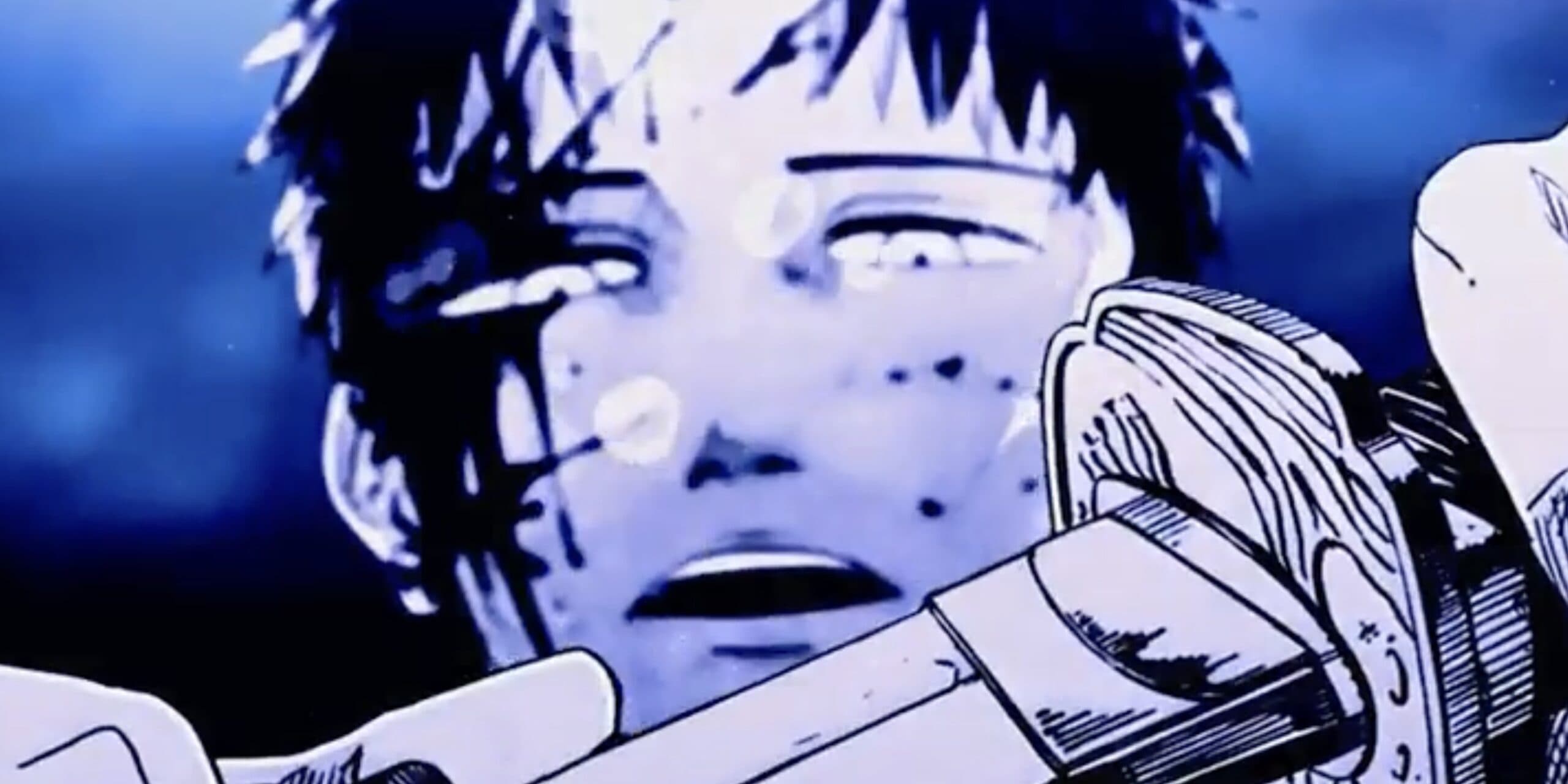
The scene depicts a moonlit duel between Chihiro, blade in hand, and an older version of Boruto. With quick slashes, Chihiro appears to cut down his opponent – only to discover it was merely a shadow clone.
While playfully conceived, this clash of beloved franchises has sparked debate around the idea of a genuine rivalry between the veteran series Boruto, still enjoying its predecessor’s popularity, and the upstart Kagurabachi, which some fans argue has already staked its claim as the more groundbreaking next-gen manga.
Debating Roots and Innovation
While likely intended as harmless fan art, the video has renewed discussion about expectations for new manga classics and whether series need to fully distinguish themselves from past generational mainstays in order to advance the genre.
For some, Boruto remains too attached to its roots, while indie successes like Kagurabachi forge their own path. This fan-made faceoff hints at an underlying debate that may shape preferences in the years ahead.
The climactic scene of Travislll’s video takes an unexpected turn as a defeated Chihiro regains his resolve.
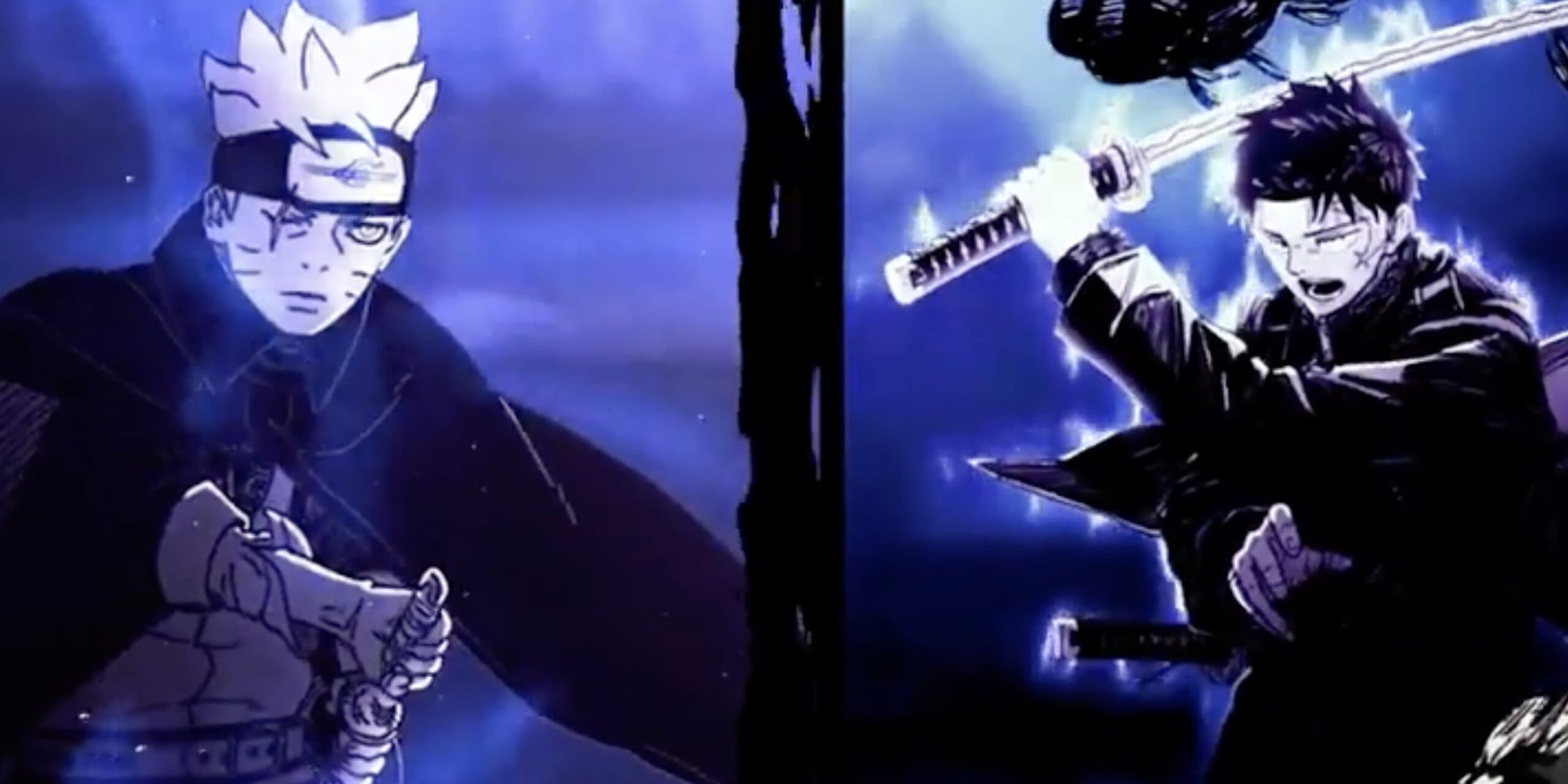
Just as his blade appears to fall the time-skipped version of Boruto, the young ninja reveals it is only a clone. Before Chihiro can react, the real Boruto materializes behind him, triumphing with his signature Rasengan move.
While Chihiro lies fallen, all is not yet lost – the fire still burns in his eyes. As he returns Boruto’s intimidating glare, the spark of a potential rivalry ignites. Viewers are left to imagine how the indie upstart could counter the established hero’s move in a future rematch.
The playful video has kickstarted debate around the two manga franchises it brings together. Some Kagurabachi loyalists argue the informal face-off stacks the deck by leveraging Boruto’s better-defined power scaling against Chihiro’s still-emerging talents.
Others maintain this only makes Chihiro’s resolve in defeat more promising – hinting at the untapped potential that could rise to the challenge when properly matched.
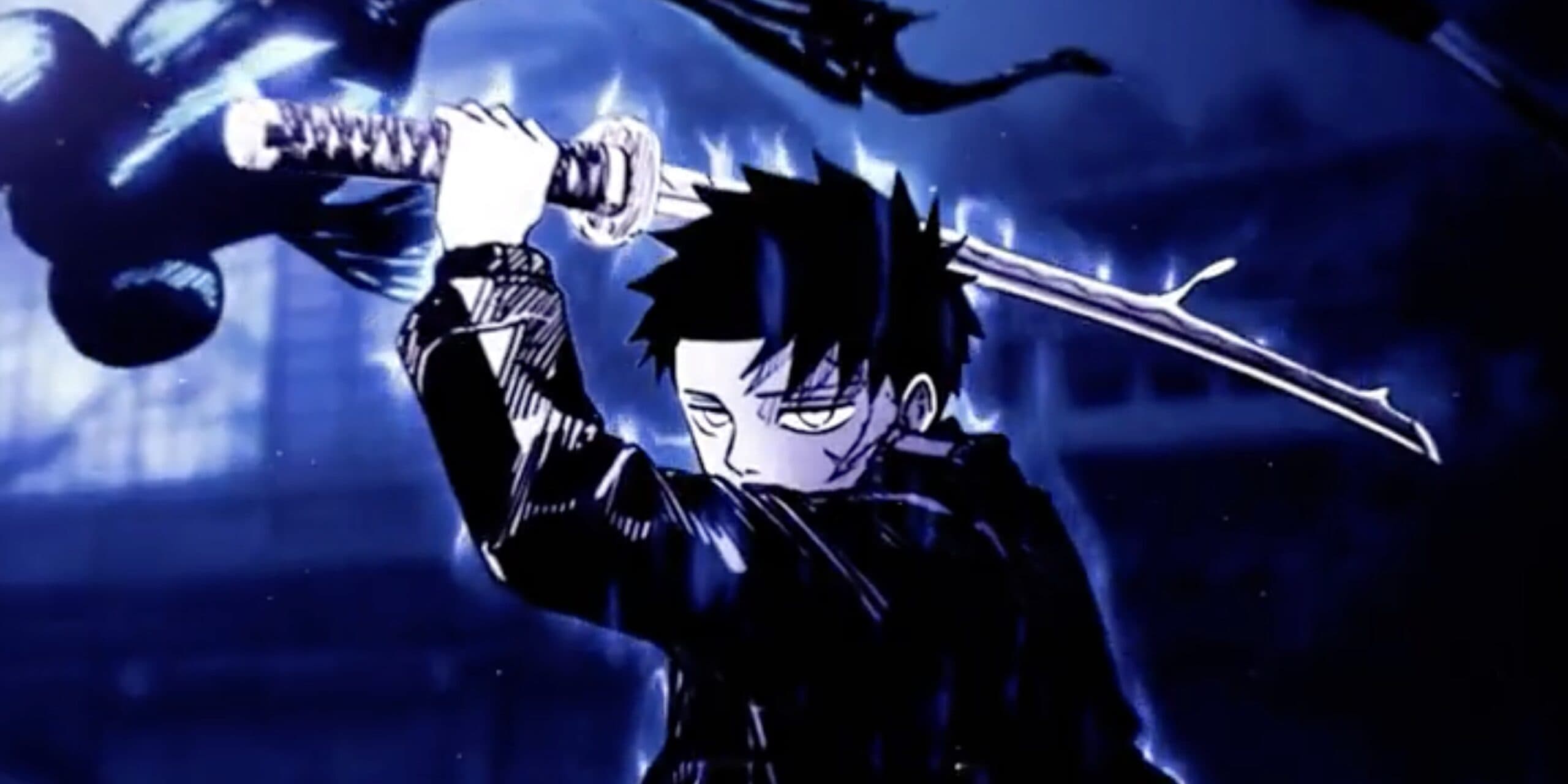
No matter which protagonist claims the unofficial title, this fan art battle makes one thing clear: both underdog newcomer and lauded veteran series boast leads capable of anchoring the next generation of manga classics.
The so-called rivalry may be more collaborative than competitive in raising the profile of both beloved franchises.
While Boruto enters the arena wielding established prowess forged from his father’s legacy, less is known about newcomer Chihiro’s capabilities. His series is still early in unveiling the mystical talents hidden up his sleeve beyond swordplay itself. However, his ancestry offers intriguing hints at dormant potential.
Chihiro descends from a line of ingenious blacksmiths whose special war weapons themselves ended the conflict. His father, Kunishige Rokuhira, carved an epochal legacy that sets the bar high for his heir.
Untapped Potential
Though Chihiro has just begun coming into his own, he exhibits echoes of his father’s inventive gifts. There’s ample room for Takeru Hokazono to forge chisels of growth that help this successor surpass even his precursor’s contributions one day.
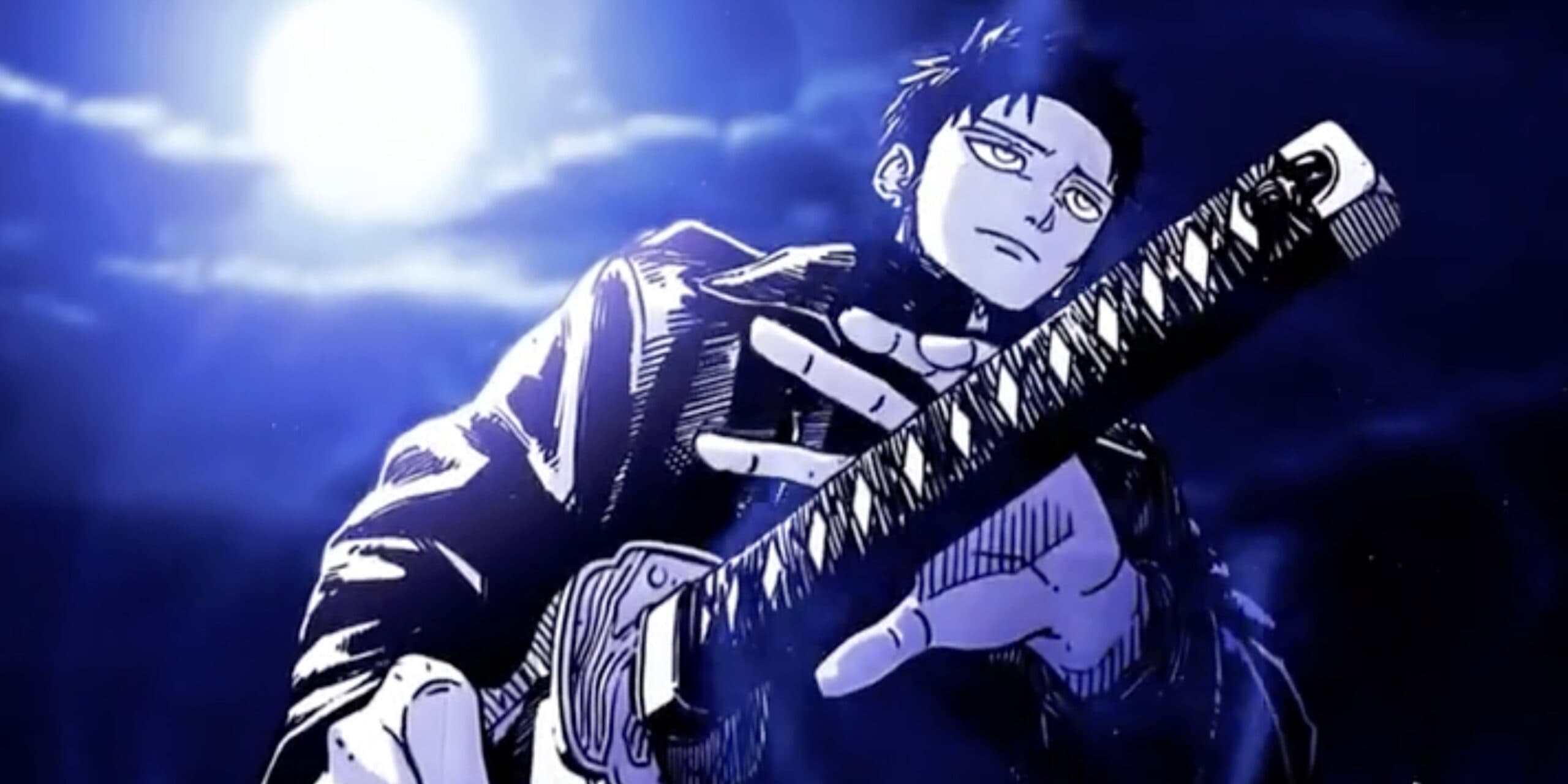
It’s this sense of unknown upside that gives Kagurabachi its unpredictable edge. While Boruto walks a defined path, Chihiro may soon hammer out weapons we’d never expect, both in metal and spirit.
With his resolute eyes already glinting with untold tales, his underdog standing today might give way to standing shoulder-to-shoulder with legends tomorrow.
Rather than rivals, these two young manga protagonists may each shake their genres in their own way – one upholding the mantle, the other overturning all mantles to build something unseen.
Their friendly crossover battle hints at a shared path toward advancing the art form by honoring the past and pioneering the future.
Why Kagurabachi vs. Boruto Rivalry Falls Short as the Ideal Scenario
For those late to this sudden clash of fandom juggernauts, some context on the unlikely rivalry may prove useful. Takeru Hokazono’s Kagurabachi manga first made waves not through storytelling, but memes.
Chihiro Rokuhira’s dour yet quirky nature struck a chord across internet circles. Fans playfully compared him to the stern Zoro of One Piece fame or stoic Demon Slayer’s Tanjiro.
The Memetic Genesis
These viral jokes sparked a rapid fandom gathering. Some proclaimed Kagurabachi could reach the soaring popularity of recent smashes like My Hero Academia, Black Clover, or Jujutsu Kaisen.
But memes alone don’t cement a legacy. As jokes brought name recognition, Hokazono built on this lucky foundation with gritty storytelling that girded the hype.

The anime landscape has seen seismic shifts since progenitor series like Naruto or Bleach pioneered the mainstream shonen formula.
A growing cohort of manga rebels against conventional tropes, seeking that fresh spark. To some, legacy sequels like Boruto reheat trusted recipes. But breakout tales guided by conviction over calculation, like Kagurabachi, feed a rising hunger.
It is this growing appetite for innovation that makes the notion of these two cross-generational series standing as rivals seem silly to some fans.
Both have strengths to appreciate. But their aims differ. Kagurabachi’s experimentation needn’t rival Boruto’s reliability any more than pioneers negate the journeymen who keep classics alive through tribute. Their coexistence may fuel shared prosperity.
Divergent Paths
While this fan-made clash has brought popular attention to Takeru Hokazono’s rising manga star, some loyal supporters worry such direct comparisons to an established series like Boruto could backfire. They argue the two titles aren’t natural rivals vying for the same goal.
Where Boruto trades heavily on its beloved forebear’s legacy, Kagurabachi has built its brisk following on its own gritty merits, unencumbered by a predecessor’s shadow.
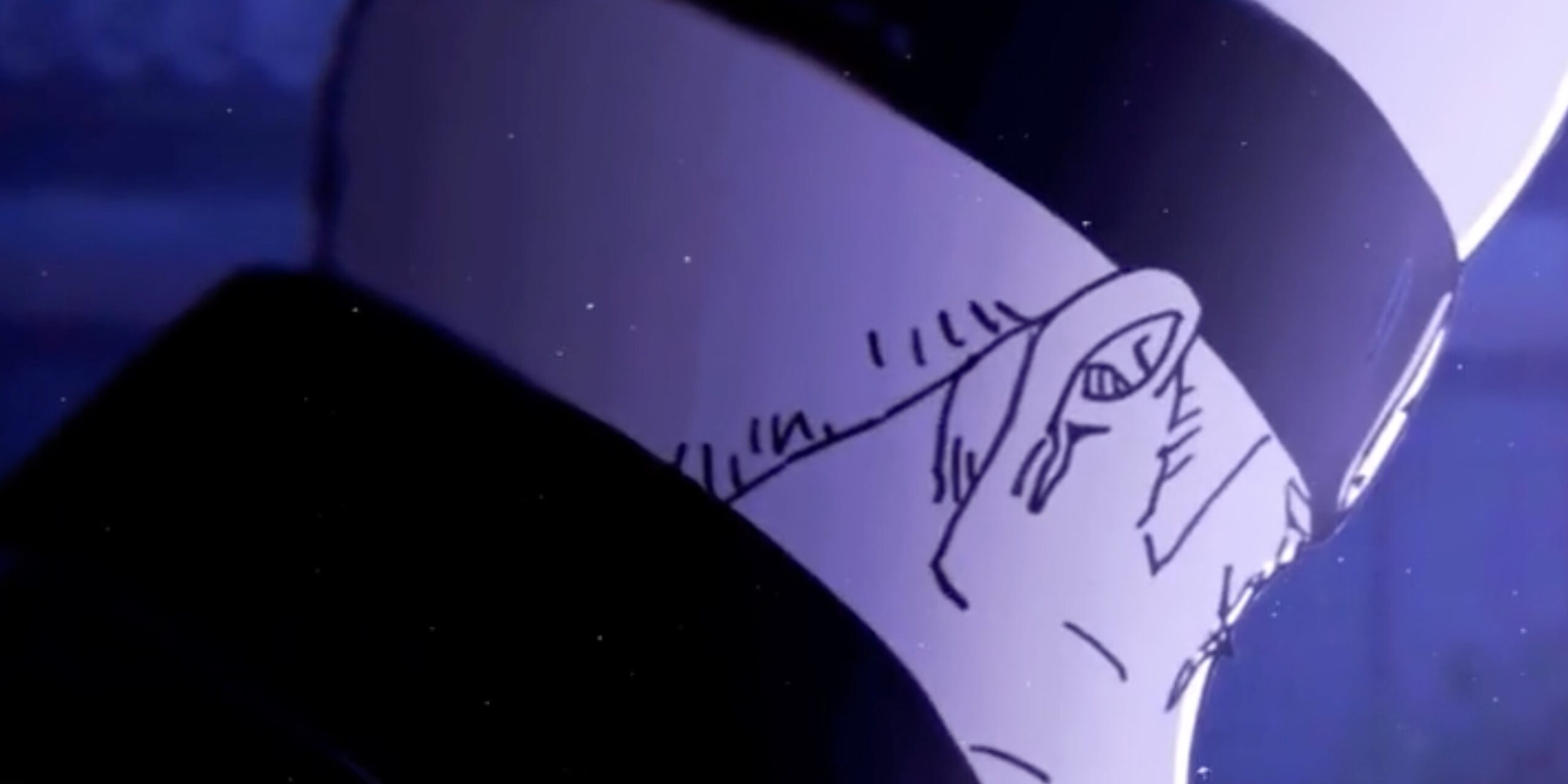
Some even suggest Boruto owes its continuation more to its namesake bloodline than pioneer spirit. As a monthly series, it opts for consistency over risk – whereas Hokazono’s weekly serial embodies indie manga’s hungrier ethos.
Upending expectations, not upholding legacies, motivates Hokazono’s audacious upstart. Pitting it directly against a safely mainstream property like Boruto could inadvertently set up Kagurabachi for failures of scope rather than spark the healthy comparison of equals fans likely intend.
That’s not to deny Boruto’s merits for those seeking a comfortable next chapter from a beloved saga. But Kagurabachi’s appeal speaks to those craving brazen new frontiers.
Each series succeeds on its own terms because those aims differ. A fabricated rivalry might do more harm than good if it pressures Hokazono’s creation to match mass appeal rather than indie spirit.


